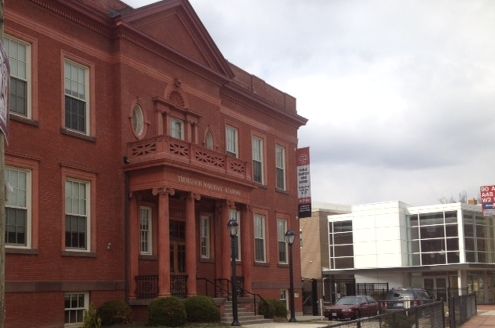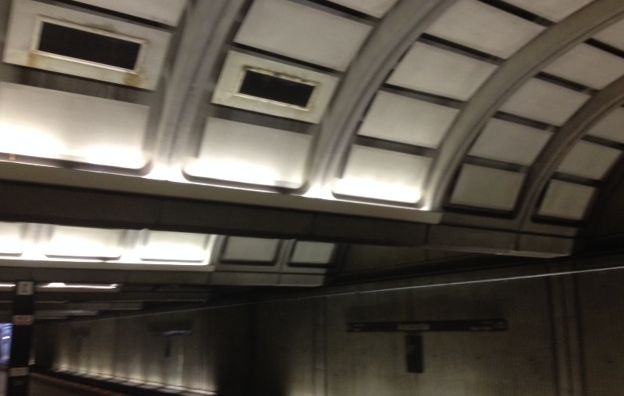

Former DC Mayor Anthony Williams was the keynote speaker. He was very interesting and funny, but maybe more cerebral than lots of politicians. He joked that it was strange for him going from being a big wheel to an ordinary guy. He jokes that people used to come out to meet him; now he has to be careful not to get a ticket when he parks and walks in by himself. He talked about the need to plan for the 21st Century, pointing out that cities had often shunned their waterfronts in the past but now they embrace them. The Anacostia was still not very embraced. He also contrasted the type of conservation advocated by guys like Theodore Roosevelt (maybe my tradition) and the needs of an urban population. The Roosevelt model conserves nature. People are visitors or living from the natural resources. An urban model has people in but not of nature. They need to be integrated.

I also attended a panel discussion on gentrification. This is an interesting subject with lots of points of view. One of the concerns of people in Anacostia is that if they make it too nice they will be displaced by rich people. One of the speakers talked about gentrification the way I might talk about invasive species. It is a different point of view from mine. I suppose I would be the gentrifier if I moved in and Mariza is doing that with her house in Baltimore. I thought about how close Anacostia is to downtown DC and how the parks are really nice. I could become an invasive there.

I thought about my old neighborhood in Milwaukee. Growing up there, I thought it was the way it was always and would be. I still feel a little possessive about it, although I have not skin in that game anymore. It is only a landscape of memory. Neighborhoods are much more transient than we think. Few of the old neighbors are left. The new people think it has always been that way. Parts of Bay View are gentrifying. It is funny that relatively rich people move into the old worker housing and consider it a step up. I suppose the difference is that they have only a couple people in these houses that used to have families of five or ten kids.
